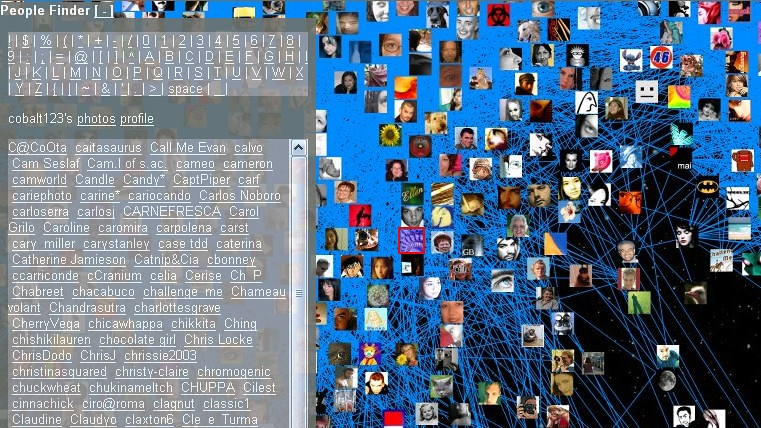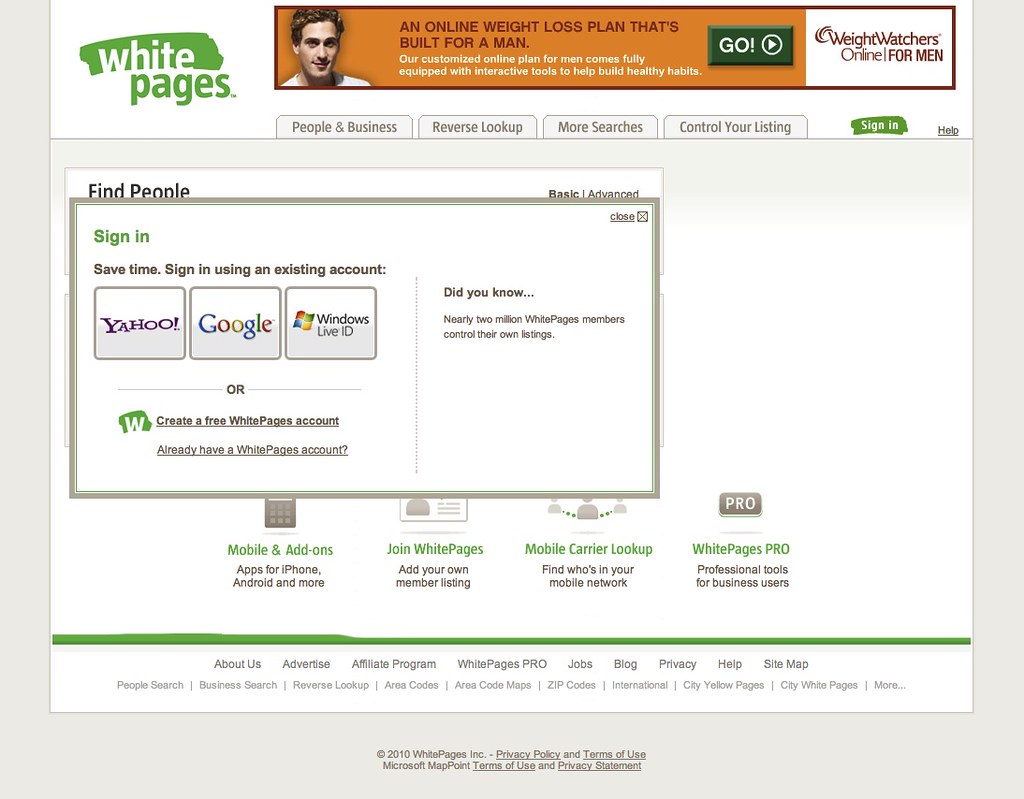Provocation is a powerful tool that can influence behavior, incite action, and evoke strong emotional responses. The phrase “Do It, Do It, Do It” serves as a prime example of how repetitive urging can push individuals to act, often against their initial intentions or better judgment. This article delves into the multifaceted nature of provocation, exploring its psychological underpinnings, cultural significance, and real-world implications. By examining the phrase “Do It, Do It, Do It,” we aim to uncover the mechanisms that drive provocation and the impact it can have on individuals and society.
Overview of Provocation
Provocation, in its essence, involves stimulating a reaction from someone, often through insistent urging or challenging their limits. It is a phenomenon that spans across various contexts, from casual interactions to high-stakes situations. The repetitive nature of the phrase “Do It, Do It, Do It” exemplifies how provocation can build pressure, creating a sense of urgency and compulsion. Understanding the dynamics of provocation is crucial for recognizing its effects and learning how to manage such situations effectively.
Significance of the Phrase “Do It, Do It, Do It”
The phrase “Do It, Do It, Do It” is more than just a sequence of words; it encapsulates the essence of provocation. Its repetition is designed to break down resistance, encouraging immediate action. This phrase can be found in various contexts, from motivational speeches to peer pressure scenarios, highlighting its versatility and impact. By dissecting this phrase, we can gain insights into the broader concept of provocation and its role in shaping behavior.
Purpose of the Article
The purpose of this article is to provide a comprehensive exploration of provocation, with a particular focus on the phrase “Do It, Do It, Do It.” We will examine the psychological aspects of provocation, its cultural and historical context, and its implications in social dynamics, ethics, and media. Through this exploration, we aim to shed light on the complexities of provocation and offer strategies for managing its effects. Ultimately, this article seeks to foster a deeper understanding of how provocation operates and its significance in our lives.
1. Psychological Aspects of Provocation
Understanding Provocation
Provocation involves the act of inciting or stimulating someone to react, often through repeated urging or challenging their boundaries. It is a tactic used to elicit a specific response, be it anger, action, or compliance. The psychology behind provocation reveals that it taps into fundamental human emotions and cognitive processes, making it a potent tool for influencing behavior.
Psychological Impact of Repetition
Repetition is a key element in the effectiveness of provocation. The repeated use of a phrase like “Do It, Do It, Do It” can create a sense of urgency and inevitability. Psychologically, repetition can wear down resistance, making individuals more susceptible to suggestion. Studies have shown that repeated exposure to a stimulus can increase familiarity and acceptance, which is why repetitive provocation can be so compelling.
Case Studies on Provocation
Analyzing case studies where provocation played a critical role can provide valuable insights into its impact. For example, examining incidents of peer pressure among teenagers, where repetitive urging led to risky behavior, can illustrate the power of provocation. Additionally, case studies from legal contexts, where provocation was a factor in criminal behavior, can highlight its ethical and legal implications.
2. Cultural and Historical Context
Cultural References to Provocation
Provocation has been a recurring theme in various cultures throughout history. In literature, theater, and folklore, characters often use provocative phrases to spur others into action. For instance, in Shakespeare’s plays, characters frequently provoke one another to advance the plot. Understanding these cultural references helps contextualize the phrase “Do It, Do It, Do It” within a broader historical framework.
Historical Instances of Provocative Phrases
History is replete with examples of provocative phrases that have incited significant actions. Political slogans, revolutionary chants, and wartime propaganda often employ repetition to galvanize support and provoke action. Analyzing these historical instances can reveal the enduring power of provocation in shaping societal events.
Influence of Media and Pop Culture
Modern media and pop culture have amplified the reach and impact of provocative phrases. From viral videos to social media challenges, the phrase “Do It, Do It, Do It” can quickly spread and influence large audiences. The role of media in perpetuating and magnifying provocation underscores its significance in contemporary society.
3. Provocation in Social Dynamics
Peer Pressure and Social Influence
Peer pressure is a prime example of provocation in social dynamics. The phrase “Do It, Do It, Do It” is often used to coerce individuals into conforming to group expectations. Understanding the mechanisms of peer pressure and social influence can help explain why provocation is so effective in these contexts.
Role of Provocation in Group Behavior
Provocation can significantly influence group behavior, leading to collective actions that individuals might not undertake on their own. Groupthink and mob mentality are phenomena where provocation plays a crucial role. Examining these dynamics provides insights into how groups can be swayed by provocative rhetoric.
Real-life Examples of Provocative Scenarios
Real-life examples of provocative scenarios, such as political rallies, protests, and social movements, illustrate the power of provocation. These scenarios often involve leaders or influencers using repetitive phrases to incite action and galvanize support. Analyzing these examples can highlight the effectiveness and consequences of provocation.
4. Ethical and Legal Implications
Ethical Considerations of Provoking Others
Provoking others raises important ethical questions. Is it morally acceptable to incite someone to act against their better judgment? The ethics of provocation depend on the context and intent behind the action. Exploring these ethical considerations can provide a framework for evaluating the morality of provocation.
Legal Cases Involving Provocation
Legal systems often grapple with cases involving provocation, particularly in criminal law. The concept of “provocation” can serve as a defense in cases of violent crime, where the defendant argues that they were provoked into action. Reviewing legal cases involving provocation can shed light on its role in the justice system.
Impact on Mental Health and Well-being
The impact of provocation on mental health and well-being is a critical consideration. Repeated provocation can lead to stress, anxiety, and other psychological issues. Understanding these effects can inform strategies for mitigating the negative impact of provocation on individuals’ mental health.
5. Provocation in Literature and Art
Depictions of Provocation in Literature
Literature has long explored the theme of provocation. From classic novels to modern fiction, authors use provocation to develop characters and advance plots. Analyzing depictions of provocation in literature can reveal the nuanced ways in which it influences human behavior and relationships.
Artistic Representations of Provocative Phrases
Artistic representations of provocative phrases, such as visual art, performance art, and music, can capture the emotional and psychological impact of provocation. Exploring these artistic expressions provides a deeper understanding of how provocation resonates with audiences on an emotional level.
Analysis of Famous Works
Analyzing famous works that feature provocation can offer insights into its enduring appeal and significance. For example, exploring how filmmakers use provocative dialogue to build tension and drive narratives can highlight the power of provocation in storytelling.
6. Modern Interpretations and Media Influence
Provocation in Social Media
Social media platforms have become breeding grounds for provocation. The phrase “Do It, Do It, Do It” can quickly go viral, influencing behavior on a massive scale. Understanding how social media amplifies provocation is essential for navigating the digital landscape.
The Role of Memes and Viral Content
Memes and viral content often rely on provocation to capture attention and spread rapidly. Analyzing the role of provocative memes in shaping online discourse can reveal the dynamics of digital communication and influence.
Psychological Effects of Online Provocation
The psychological effects of online provocation, such as cyberbullying and online harassment, are significant concerns. Understanding these effects can inform strategies for promoting digital well-being and resilience against online provocation.
7. Strategies to Handle Provocation
Techniques to Defuse Provocative Situations
Defusing provocative situations requires specific techniques and strategies. From conflict resolution to assertive communication, understanding how to effectively manage provocation is crucial for maintaining positive interactions.
Psychological Coping Mechanisms
Psychological coping mechanisms, such as mindfulness and stress management, can help individuals navigate the emotional impact of provocation. Exploring these mechanisms provides practical tools for building resilience against provocation.
Building Resilience Against Provocation
Building resilience against provocation involves developing emotional intelligence and self-awareness. Strategies for fostering resilience can empower individuals to withstand and respond effectively to provocative situations.
Conclusion
Recap of Key Points
This article has explored the multifaceted nature of provocation, with a focus on the phrase “Do It, Do It, Do It.” From psychological aspects to cultural significance and ethical implications, we have examined the various dimensions of provocation and its impact on individuals and society.
The Future of Understanding Provocation
As we move forward, understanding provocation will become increasingly important in navigating complex social dynamics and digital interactions. Continued research and awareness can help mitigate the negative effects of provocation and promote positive communication.
Encouragement for Personal Reflection
Reflecting on our own experiences with provocation can provide valuable insights into how it shapes our behavior and relationships. By understanding the dynamics of provocation, we can develop strategies for responding with resilience and integrity.


